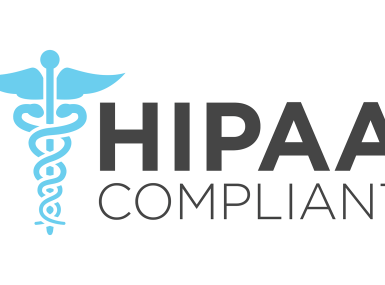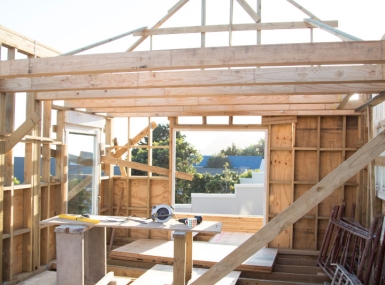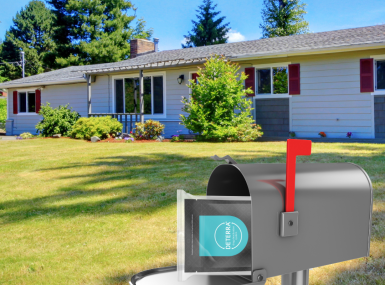Attracting builders to your community through green building incentives
Upcoming Events
Related News
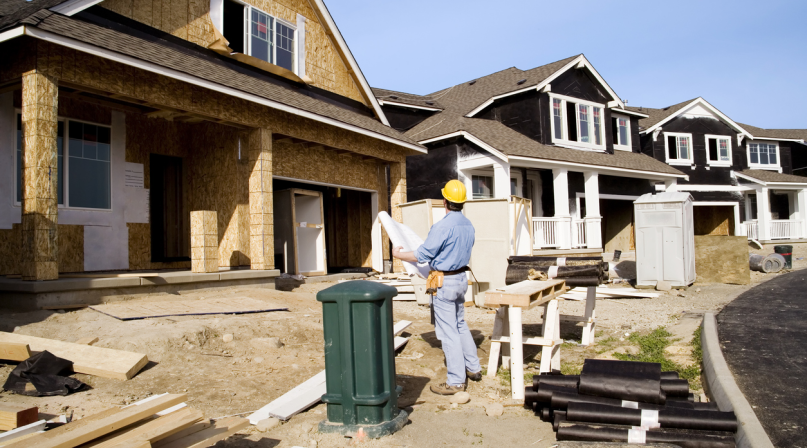
From Our Partners
This post is sponsored by our partners at NAHB.
How do you attract builders that create quality housing stock at prices appropriate for your county’s population demographics? One way may be to incentivize them to build above-code efficient, comfortable, healthy homes – the types of homes consumers are asking for more often as they spend more time in their homes due to the coronavirus pandemic. A green certification, such as the National Green Building Standard (NGBS), provides both county building officials and consumers independent verification and assurance that builders’ homes are designed and constructed to perform as advertised.
Adequate housing stock in your jurisdiction is critical for attracting new businesses and for growing your community, as some people who are able to work remotely from a place of their choosing are shifting to the suburbs. There is a nationwide housing shortage, but there are also several pressures on builders, making it harder for them to provide housing stock. Lumber prices, which have spiked 170% since mid-April, are driving up the cost of constructing homes ($16,000 on average per single-family home and $6,000 per multifamily). Regulatory requirements, permitting and impact fees are estimated to comprise 25%-30% of the cost of constructing a home. Positioning your county to relieve pressure on residential building through elements you can control, like incentivizing builders to qualify for those measures through green certification, can increase your housing stock without overburdening infrastructure and provide residents, and potential residents, with the confidence they are making a wise purchase.
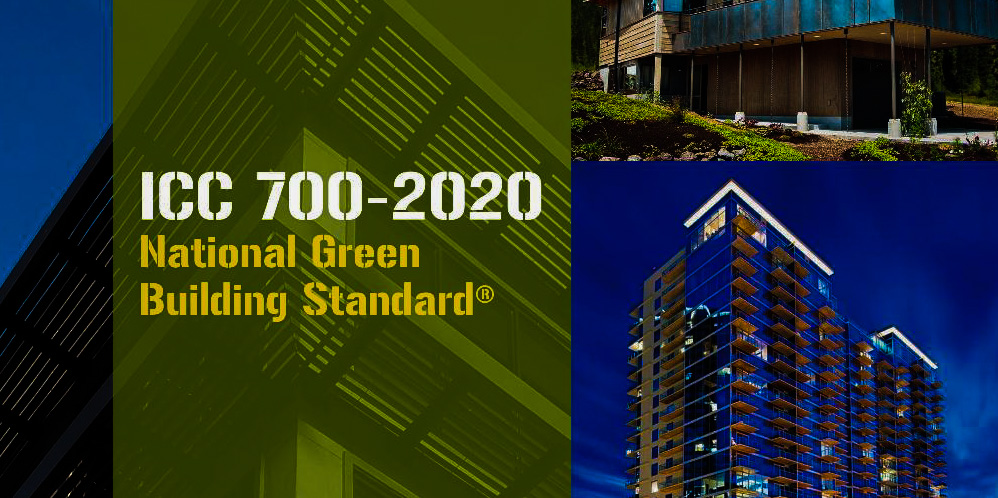
What incentives work well? NACo studied this in 2008 and again in 2012, producing the 2012 Green Building Incentive Trends: Strengthening Communities, Building Green Economies with AIA. The three incentives that were found to be most attractive were:
- Tax incentives – the reduction of taxes for implementing specific green measures and certifications;
- Density/Floor Area Ratio Bonuses – such as the provision of height bonuses, floor/area ratio bonuses and reductions in landscaping requirements; and
- Expedited Permitting – the streamlining of the permitting process for building, planning and site permits on projects that achieve specific green measures and certifications.
Several jurisdictions are already using green incentives to encourage building, including:
- Arlington County, Va. - Density Bonus
- Bernalillo County, N.M. - Impact Fee Reduction
- Chicago, Ill. - Expedited Permitting
- San Diego County, Calif. - Fee Discounts and Expedited Review
The cost, time and regulatory requirements for constructing homes can influence the attractiveness of a county to builders. Using the ICC-700 National Green Building Standard® (NGBS) certification as an above-code incentive to relieve some of these pressures can attract builders and developers to your community.
The standard provides practices for the design and construction of all types of green residential buildings, mixed-use projects, renovations and land developments. The NGBS is comprehensive, requiring minimum thresholds in six key areas of high-performance building: Site Design, Resource Efficiency, Water Efficiency, Energy Efficiency, Indoor Environmental Quality and Building Operation & Maintenance.
The NGBS is flexible, providing options for meeting the program and allowing builders to create a home best suited for the climate and market conditions. Third-party verifiers independently validate that the home meets the certification requirements, providing county officials and consumers with confidence in the product. 2020 NGBS program features include:
- Prescriptive and performance compliance paths for energy and water efficiency;
- A new water-efficiency performance path generating a score based on predicted water use that could provide guardrails for communities with water quantity or quality pressures;
- NGBS Green+ badges, rewarding exceptional performance in areas including wellness, resiliency and universal design that could serve as further incentives;
- A new certified compliance path for single-family builders providing an entry point into green building;
- Tools including ‘Bronze cookbooks’ to help guide builders through the process.
In summary, using the NGBS certification as an above-code incentive in your community can attract builders and developers, increase your housing stock and attract homebuyers who want assurance that they are buying efficient, comfortable and healthy homes.
For more information about the NGBS and to obtain a free download of the standard, visit nahb.org/ngbs.
Post Sponsor








